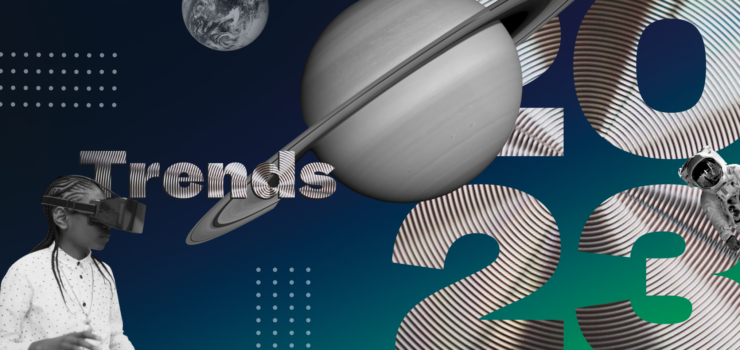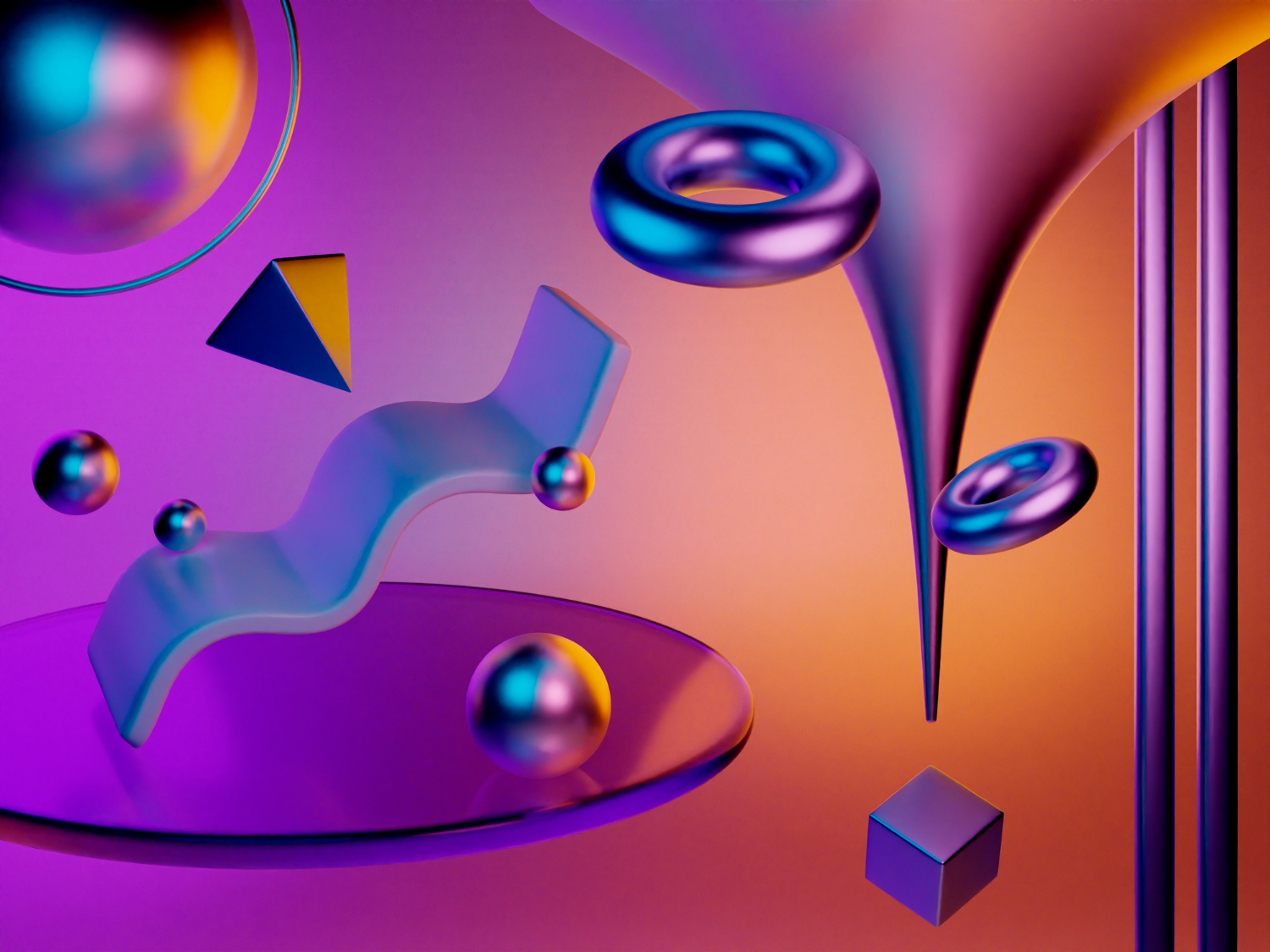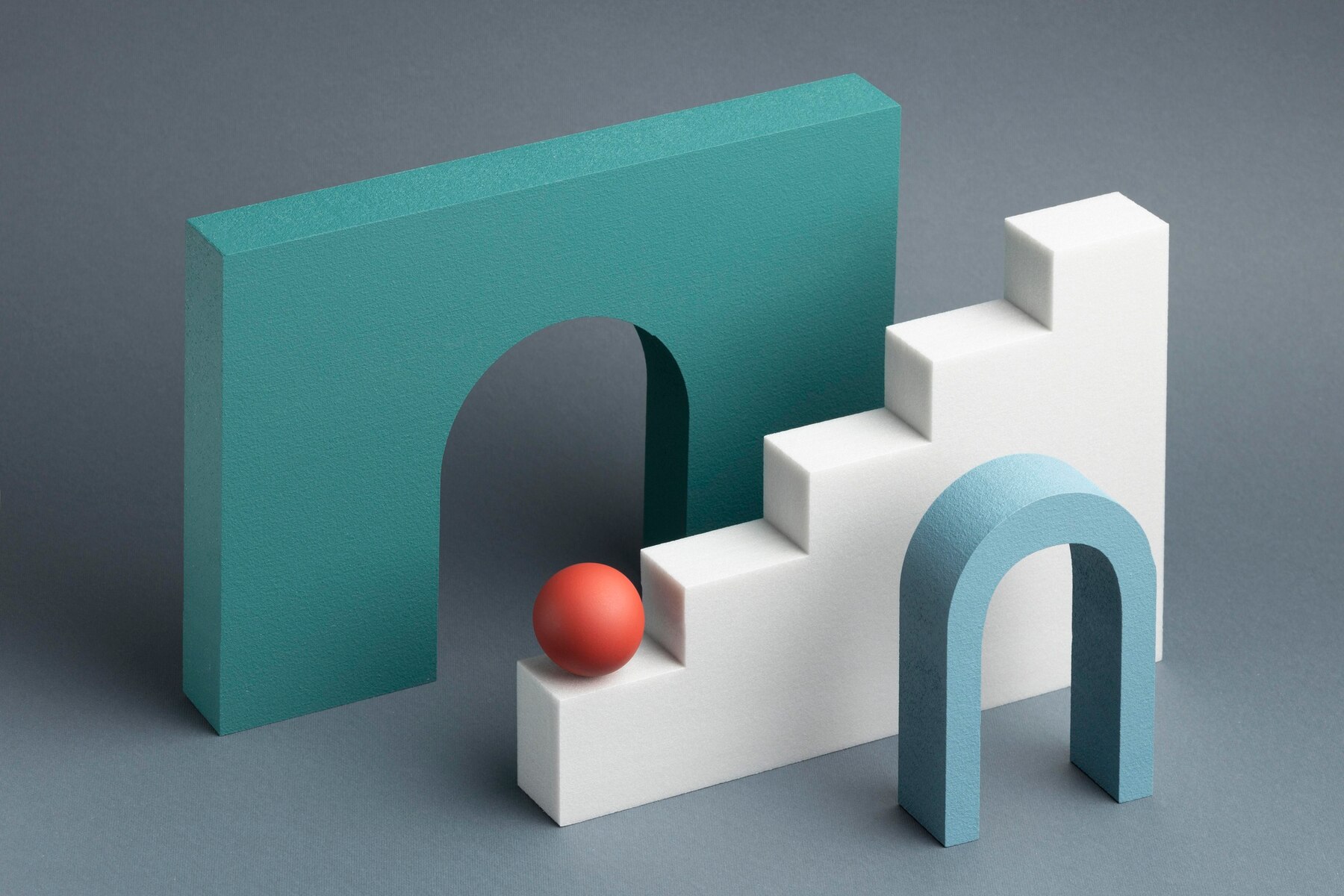Article

Top UI/UX and Product Design Trends for 2023: TrueNode’s choice
Perpetual evolution in the world’s technology, health, environment, and politics results in new societal needs and expectations. New design trends constantly emerge to create impactful products to cater to these challenges.
Paying attention to these trends provides businesses with a competitive advantage, helping to meet customer expectations, future-proof their products, improve usability, and create a consistent design language across their products and services which in turn greatly increases cross-team collaboration and productivity.
At TrueNode, we continually seek out novel methods to craft useful and remarkable user experiences so we strive to stay up to date with the trends and technologies that are constantly revolutionizing UI and UX design.
Here we have curated a selection of design trends that we believe will be most prominent this year.
Visual & UI Design Trends
Let’s start on the surface before we go deeper. As technology progresses and stylistic eras come and go, visual and UI design trends constantly evolve, often wistfully borrowing and updating styles of yore, and this year is no exception.
-
Retro Futurism: The Return of 70s, 90s, and Y2K Styles
Veering away from perfect, clean, minimal user interfaces, nostalgic styles from the 90s, Y2K, and even the 70s have made a comeback. From retro flat style featuring thin black outlines, to anti-design and brutalism, with hi-tech iridescent, holographic, chrome, neon, and grunge visuals, these all come with a futuristic twist.
-
The Wonders of 3D Effects and Illustrations
Stunning 3D effects and illustrations are everywhere, ranging from simplified and abstract shapes to hyperrealistic and surreal scenes and characters. Mixing 3D elements into a 2D design adds depth and helps immerse the customer in the experience.
-
Exploring the Possibilities of Motion Graphics
Motion graphics are increasingly popular, finding multiple uses in 2D and 3D illustration and visuals, video, animated text, web-based animations, interactive elements, and immersive scrolling. Becoming a norm in the digital world, they add extra dimensions, time, and movement to designs.
-
Surreal Visuals: Blurring the Lines Between Reality and Digital
As virtual reality and augmented reality become more commonplace, increasingly surreal visuals and characters are being used in UI and visual design to blur the lines between reality and digital.
-
Exploring Creative Design with Experimental Fonts, Bold Colors and Gradients
Finally, standout elements such as experimental fonts, bold colors, and watery, ethereal gradients are increasingly used to create more unique and memorable designs.
Our own new branding at TrueNode features Y2K-inspired elements.
UX Design Trends
Let’s go one step deeper now. As societal needs continue to evolve, so does the field of user experience design. UX designers must consider a variety of emerging trends to cater to customers’ latest challenges, behaviors, and expectations.
-
The Power of Algorithms: Unlocking Personalized Experiences
Advanced personalization using algorithms is becoming increasingly important as more and more services and digital products appear and compete for attention. Floundering in an ocean of content, people want to feel seen and be shown information that truly reflects their interests, and algorithms can help to satisfy this desire.
-
Designing for the Future: UX Considerations for New Technologies
Designing for new devices and their technical parameters is always a priority for UX designers. This year, wearables and foldable devices are among the new technologies that require special attention when it comes to software design.
-
Ensuring Accessibility for All in EU
Accessibility is now a legal requirement in all EU member states. The European Accessibility Act has been adopted into law this year, and by 2025 applicable enterprises will need to adopt a set of common rules on accessibility standards so incorporating this into software and website design is not optional.
-
Emotional Design in UX
Emotional design is also becoming more popular, aimed at stimulating different feelings and reactions, and attracting more attention. For example, an interface that is designed to make users feel more in control of their environment can evoke positive emotions such as comfort and satisfaction. This helps users to achieve their goals and leads to customer loyalty.
-
Enhancing the Omnichannel Experience Through Cross-Application Design
Last but not least, cross-application design, mirror design and omnichannel experience are becoming integral parts of UX design. Customers now expect touchpoints over multiple seamlessly connected channels or apps to allow them to pick up where they left off and continue the experience on another platform or device.
UX Research Trends
2023 has already seen some particularly exciting new trends emerge in the field of UX research and these will only continue to evolve.
-
The Benefits of AI-Powered Tools for UX Research
One of the most notable innovations this year is the use of AI-powered tools to automate mechanical and repetitive aspects of UX research. AI can be used to speed up researchers’ work by transcribing audio recordings from customer research interviews, searching for keywords, generating smart notes, and analyzing vast quantities of user data to provide superhuman insights and help designers make key decisions quicker. This technology can save time and money, while also enabling more accurate user-centric design.
-
Exploring Intersectionality in UX Research
Not so much a trend as an innovation in UX research is the move towards more inclusive practices, based on an increase in societal awareness. Forward-thinking designers are waving goodbye to participant recruitment based on monolithic aspects of identity, and instead focusing on intersectionality. This improved approach allows researchers to gain a better understanding of how different identities interact with each other, and how this affects the experience of different customers, overall enabling the designed product to be a success with more people.
Learn more about the importance of UX research for product success by reading our interview with Cansu Kıpırdı, Senior Product Designer & Team Lead at TrueNode.
Product Design Trends
User demographics, health awareness, and educational methods have changed dramatically in recent years. Designers must be aware of these trends in order to create products that are tailored to current needs.
-
Building Technology for Children & Youth
As mobile devices become an integral part of young people’s lives, so does the need for designers to build technology for children and youths. This requires a different approach to design and research practices to create digital products that are developmentally appropriate for young users.
-
Designing for Well-Being
As mental health awareness increases in customers, product design focuses more on the well-being of users. It is a movement towards a more humanized product end goal that aims to counteract addiction to digital products and foster healthier relationships between users and devices.
-
Individual Learning
An increasing number of online learners and career changers means that product design must play a crucial role in creating effective and engaging education platforms to meet their needs. By considering factors such as user interface, course organization, multimedia and interactive features, accessibility, gamification, and personalization, designers can create platforms that facilitate effective education and support learner success.
-
Moving away from MVP to MDP (Minimum Desirable Product)
Product design has steadily evolved to better meet the needs of users. Instead of focusing on the bare minimum functionalities, designers are now considering what is minimally desirable for users, known as Minimum Desirable Product (MDP). The MDP approach requires a thorough understanding of the audience’s needs and preferences to create an appealing product with a limited feature set. The shift from MVP to MDP reflects a growing recognition of the importance of customer experience and delight in product design.
The importance of Design System Management & Governance in Adopting New Trends
This leads us to what we view as one of the most important current product design trends. In the current climate, design systems are more essential than ever to ensuring that businesses can rapidly and effectively upgrade their design, efficiently scale their product, or apply the design process to multiple products or lines – necessary steps that are otherwise a tremendous drain on time and resources.
Design system governance is the process of managing and maintaining a product’s design system to scale the design, improve usability, consistency, and cross-team collaboration, and lower costs. It plays a critical role in adopting new design trends by providing a structured and systematic approach to evaluating, implementing, and communicating changes to the design system.
At TrueNode, we provide advice to companies on how to utilize governance frameworks and can assist you in constructing a design system tailored to your requirements.
Watch the video below to gain insight into design systems.
Curious about how you can take advantage of these design trends to boost your brand and business?
Or are you looking for a professional, experienced team to support you bringing your software product ideas to life, revamping your app, expanding your brand, or completely redesigning your website to stay competitive and keep up with customers needs?
Contact us for more information.
We are not forgetting another rising trend in design, which is sustainability. Its importance is undeniable and at TrueNode we are inspired by and deeply committed to this concept. Learn more by reading our ‘Strategies and Best Practices to Foster a More Sustainable Business’ article.






